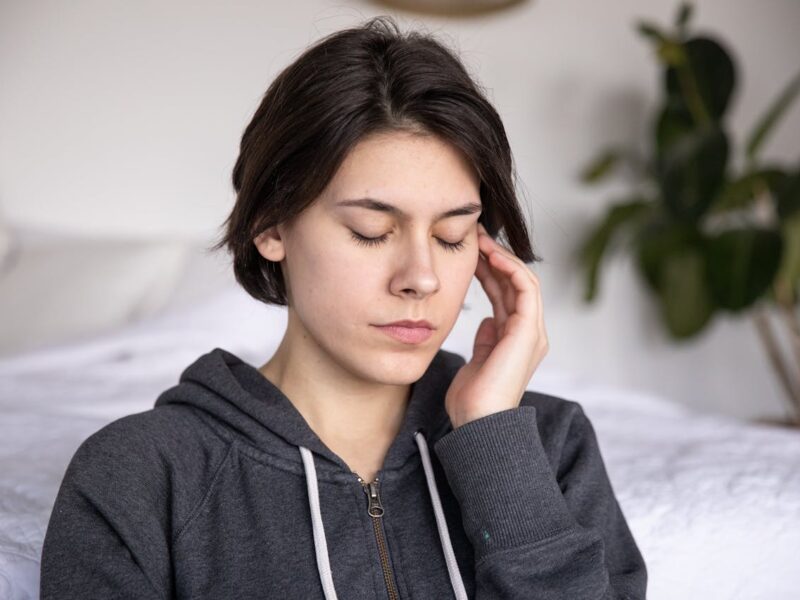Many consider Botox a cosmetic procedure that eliminates wrinkles and keeps you looking younger. However, the procedure also has many medical uses.
Botox blocks its flow at the neuromuscular junction, where acetylcholine is released. This prevents muscles from responding to neurological signals indicating movement. It has been used clinically to treat many muscle and nerve disorders.
Contents
Botulinum toxin
The botulinum toxin in the injections blocks specific chemical signals from nerves to muscles, temporarily paralyzing them. This causes the facial muscles to relax and soften, which smoothes out the appearance of lines and wrinkles.
Botox Quincy MA ma is safe when used by a trained healthcare professional who follows strict medical standards. It is essential to avoid getting it from unauthorized sources, which can result in unwanted or dangerous side effects.
A doctor can inject Botox directly into the face with a fine needle. The area will be numbed before the procedure, usually with an anesthetic cream or ice. Your doctor will then use ultrasound to help guide the needle to the correct spot. The entire procedure can be completed in the office and takes a few minutes. Up to three months apart, the injections can be administered again. Similar outcomes have been reported in individuals with overactive bladders who had an injection of the medication to stop the nerve signals that cause the bladder muscle to spasm and leak.
Acetylcholine
Acetylcholine is a chemical that helps nerve cells communicate with one another. It is a neurotransmitter, and it also helps control the action of specific muscles. Scientists are only beginning to understand how vital acetylcholine is and are learning that an imbalance in this chemical can contribute to conditions such as Alzheimer’s and Parkinson’s.
It is a compound that consists of an ester of acetic acid and choline, a B vitamin-like nutrient. Natural acetylcholine is released from nerve endings and is a transmitter for nerve impulses within the central and peripheral nervous systems.
When acetylcholine is released, it binds with acetylcholine receptors on smooth muscle cells and causes them to open. This allows the cell’s sodium channels to pass through, triggering the opening of a calcium channel that triggers muscle contraction. It may also cause the release of other neurotransmitters, such as dopamine and serotonin. It is believed that acetylcholine plays a vital role in memory and cognition and regulates motivation, arousal, and some forms of sleep.
Neuromuscular junction
Neuromuscular junction, or NMJ, is a specialized muscle area where nerves and muscle fibers come in contact. The interaction between these two is crucial for movement and muscle contraction. During this synapse, motor neurons release the chemical messenger acetylcholine. This binds to muscle fiber acetylcholine receptors and causes excitation of the cell, which leads to muscle contraction.
The NMJ is an ideal model for understanding synaptic plasticity and development. It is also an integral theory for comprehending conditions that induce the progressive degeneration of motor neurons, like myasthenia gravis and amyotrophic lateral sclerosis.
Researchers have created a technique allowing healthy NMJs’ in vitro growth. These models can be used to study the pathophysiology of neuromuscular diseases and potentially speed up the development of new treatments. This model could help scientists develop a vaccine to prevent or treat neuromuscular disease and even assist in designing prosthetic devices.
Injections
Botox (and its generic versions, Dysport and Xeomin) works by being injected directly into the muscle. The doctor uses a Teflon-coated needle connected to an electromyography machine that emits a sound when the needle hits a muscular spot of high activity. This helps the doctor find the right spot to inject.
Once injected, Botox blocks acetylcholine at the neuromuscular junction, thus preventing muscle contraction. This stalls movement and reduces the appearance of wrinkles. It may take up to three days before the weakening of the muscles begins and up to a week for maximum results.
Besides smoothing lines and wrinkles, Botox treats certain medical conditions, including cervical dystonia (which causes neck muscles to contract involuntarily), lazy eye, and excessive sweating. It’s been proven effective in treating chronic migraines in patients who experience headaches 15 days or more a month. Botox injections are very safe when a trained medical professional administers them.



